Hokkaido is a breathtaking destination that shines in every season. From the delicate cherry blossoms of spring to the sparkling snow festivals of winter, this northern island offers diverse landscapes, vibrant festivals, relaxing hot springs, and seasonal delicacies. Whether you’re seeking outdoor adventures, cultural experiences, or tranquil retreats, Hokkaido promises unforgettable moments throughout the year.
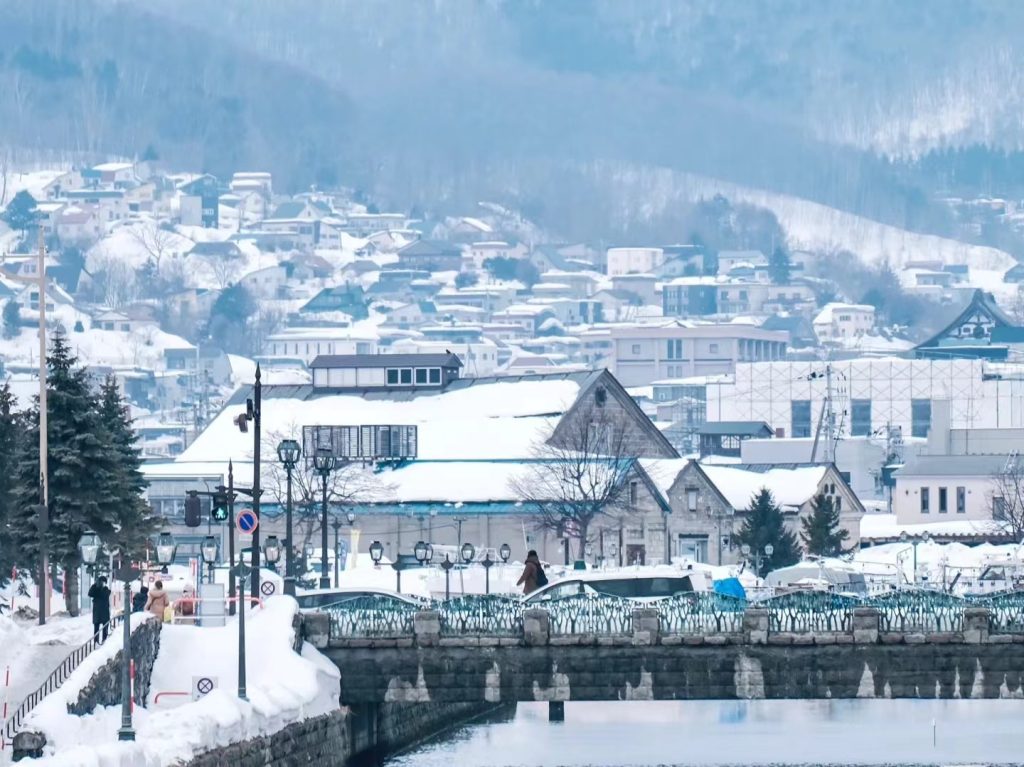
Seasonal Highlights in Hokkaido
1 Spring (April–May)
Springtime in Hokkaido is a colorful spectacle. From late April, cherry blossoms and moss phlox bloom, transforming parks like Goryokaku in Hakodate into stunning floral havens. It’s the perfect season for hanami (flower viewing) and gentle hikes.
2 Summer (June–August)
Summer brings pleasant weather with average temperatures around 20°C (68°F), ideal for exploring the outdoors. July is famous for the vibrant lavender fields of Furano and Biei, where purple blooms stretch across rolling hills like a living painting. Don’t miss lively events such as the Sapporo Summer Festival and Lake Toya Fireworks Festival, showcasing Hokkaido’s rich culture.
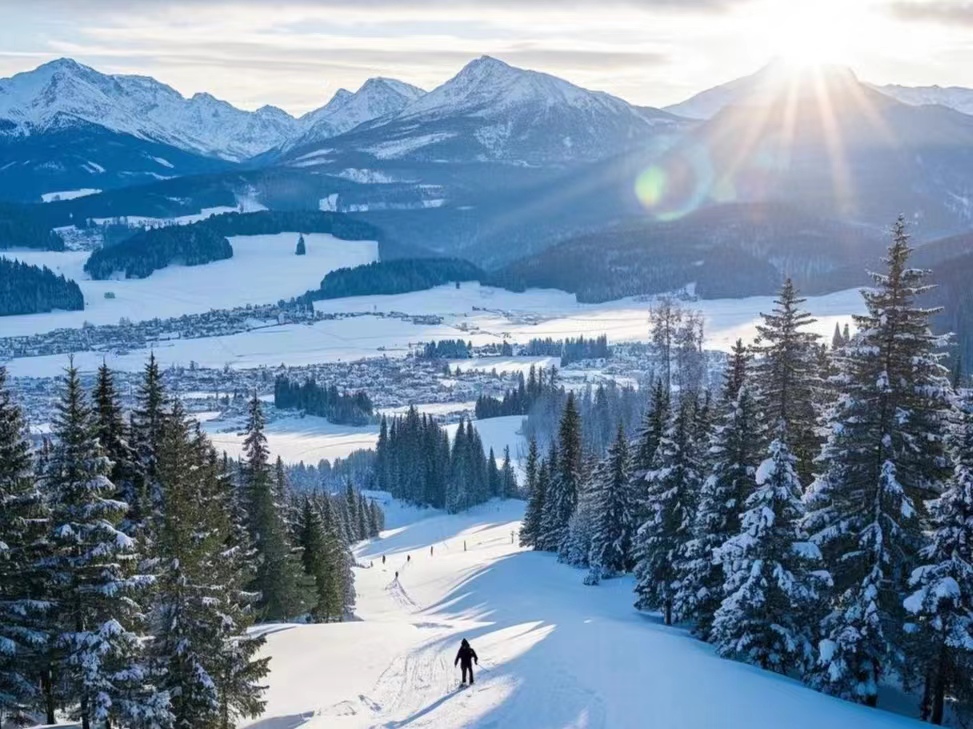
3 Autumn (September–November)
Fall in Hokkaido is a visual feast. From late September to early November, the forests blaze with brilliant reds and golds. Daisetsuzan National Park and Lake Shikotsu are top spots to enjoy misty mornings and colorful foliage. With fewer tourists around, autumn offers peaceful hot springs and seasonal treats like matsutake mushrooms and fresh crab.
4 Winter (December–March)
Winter turns Hokkaido into a snowy wonderland. Popular for skiing in Niseko and the world-famous Sapporo Snow Festival, it’s a paradise for winter sports lovers. Temperatures often dip below -5°C (23°F), so bundle up to enjoy snow-covered landscapes and magical festivals.
When to Avoid
Late November to early December is a transitional period with many mountain attractions closed, while mid- to late February often brings blizzards that may disrupt travel plans.
Things To Do in Hokkaido
Noboribetsu: Hokkaido’s Premier Hot Spring Town
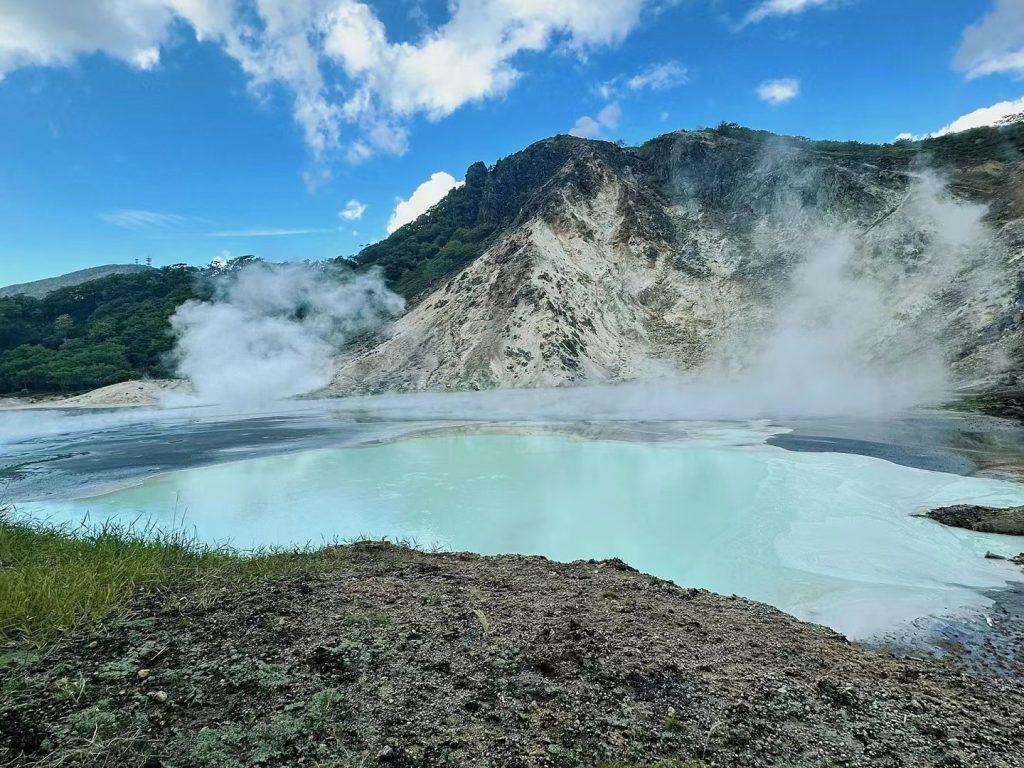
Noboribetsu is renowned as Hokkaido’s top onsen destination. Beyond its healing waters, this charming town features volcanic landscapes and dramatic gorges. Explore Jigokudani (Hell Valley), a volcanic crater with steaming vents and bubbling pools accessible via wooden boardwalks.
Take the ropeway to Noboribetsu Bear Park to see Hokkaido brown bears up close—they’re playful and interactive, especially enchanting against a snowy winter backdrop.
Lake Toya: The Non-Freezing Winter Lake
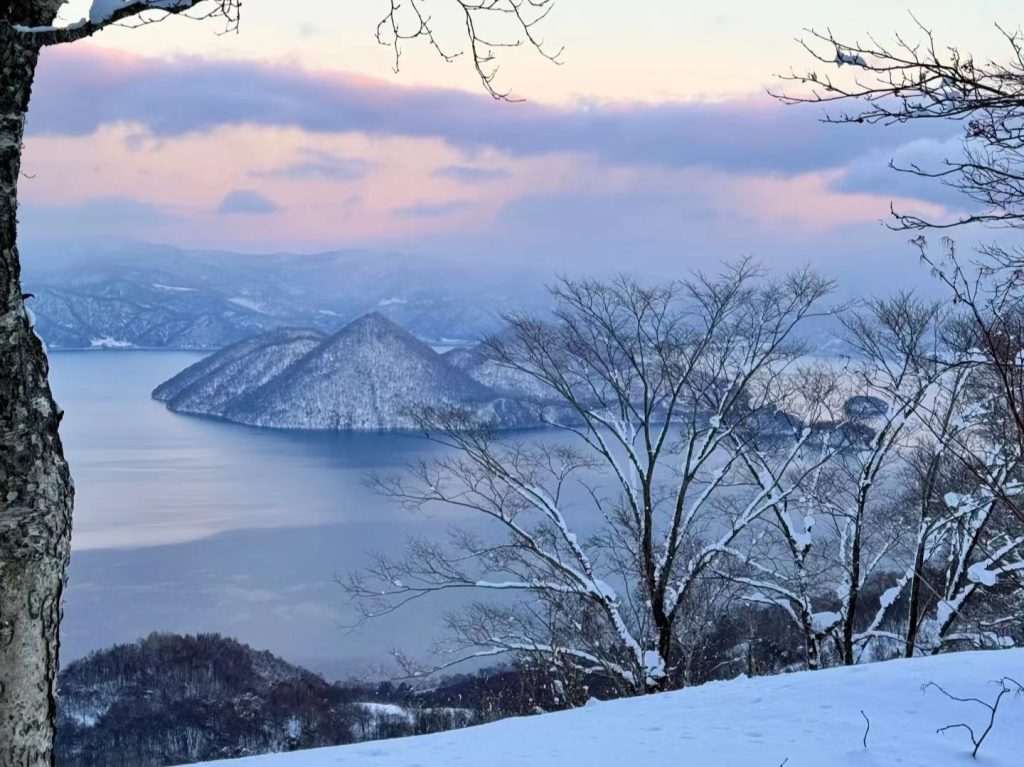
Lake Toya is a rare lake that doesn’t freeze, offering tranquil, open-water views year-round. Combine your visit with a stay at nearby hot springs, where you can soak while gazing at the serene lake and Mt. Yotei, often called “Hokkaido’s Mt. Fuji” for its perfect cone shape. Hiking Mt. Yotei rewards adventurers with stunning panoramic views.
Hakodate: History and Natural Beauty
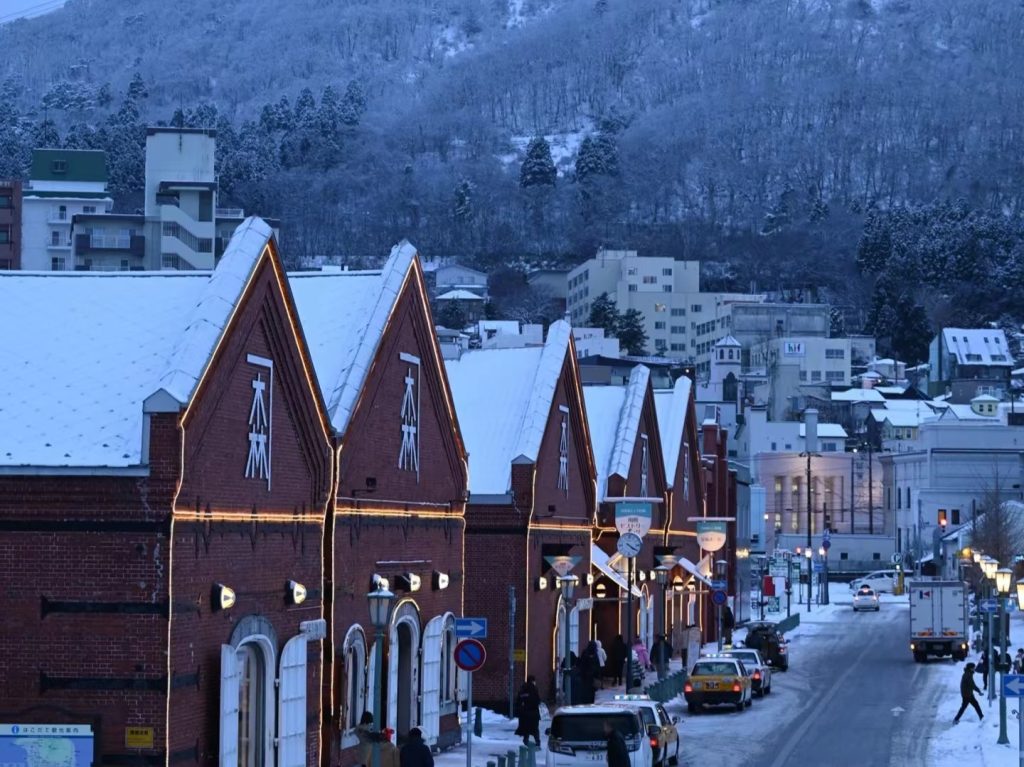
Hakodate boasts a unique blend of historic charm and natural scenery. The Hakodate Ropeway takes you swiftly to Mt. Hakodate’s summit, offering panoramic views of the city and bay. Visit Goryokaku Park in spring to see around 1,530 cherry trees bloom simultaneously, a breathtaking sight.
The Hakodate Tropical Botanical Garden offers the rare experience of watching snow monkeys bathe in outdoor hot springs during winter. Don’t miss the Hakodate Morning Market, a bustling 33,000-square-meter seafood and local produce market.
Asahiyama Zoo: A Window into Wildlife
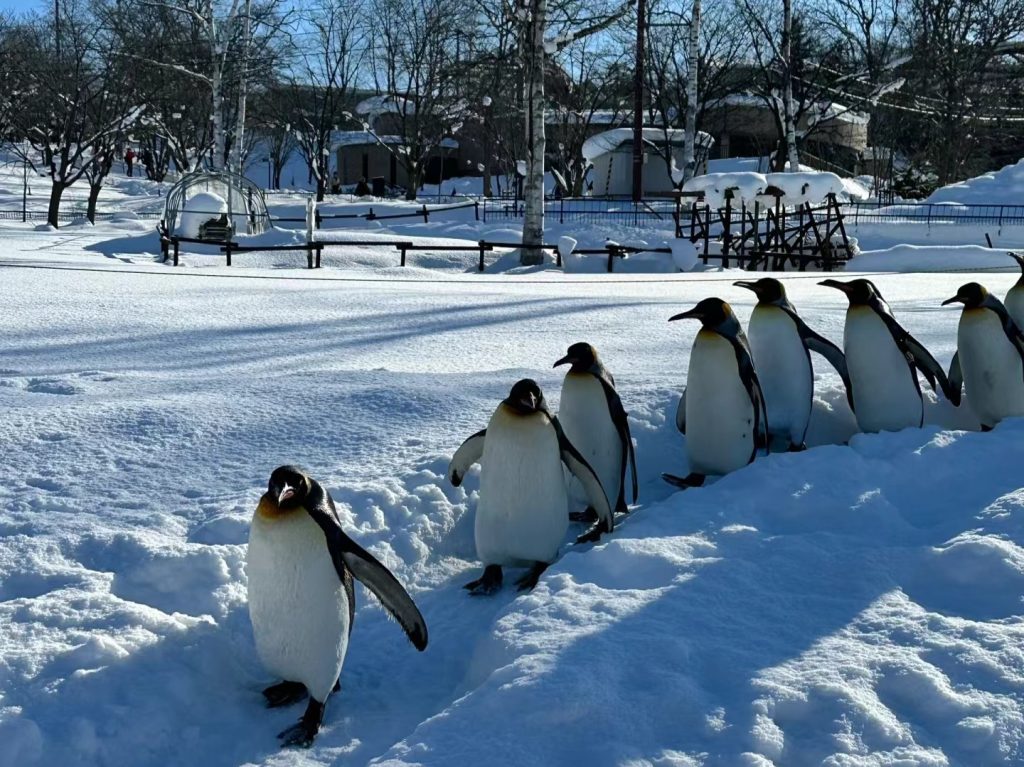
Located in central Hokkaido, Asahiyama Zoo is Japan’s northernmost zoo and one of the region’s most popular attractions for both families and travelers. It’s not just about seeing animals—it’s about watching them in the most natural and engaging ways possible.
The zoo’s motto is “Let the animals do the talking.” Thoughtful habitat designs showcase the animals’ true behaviors. In summer, see polar bears dive into the water from above, watch seals swim through a clear “seal tube” overhead, or spot big cats roaming across multiple levels. In winter, the Penguin Parade is the highlight—held daily from late December to mid-March (weather permitting), you can watch penguins waddle right past you.
Biei: Scenic Beauty Off the Beaten Path
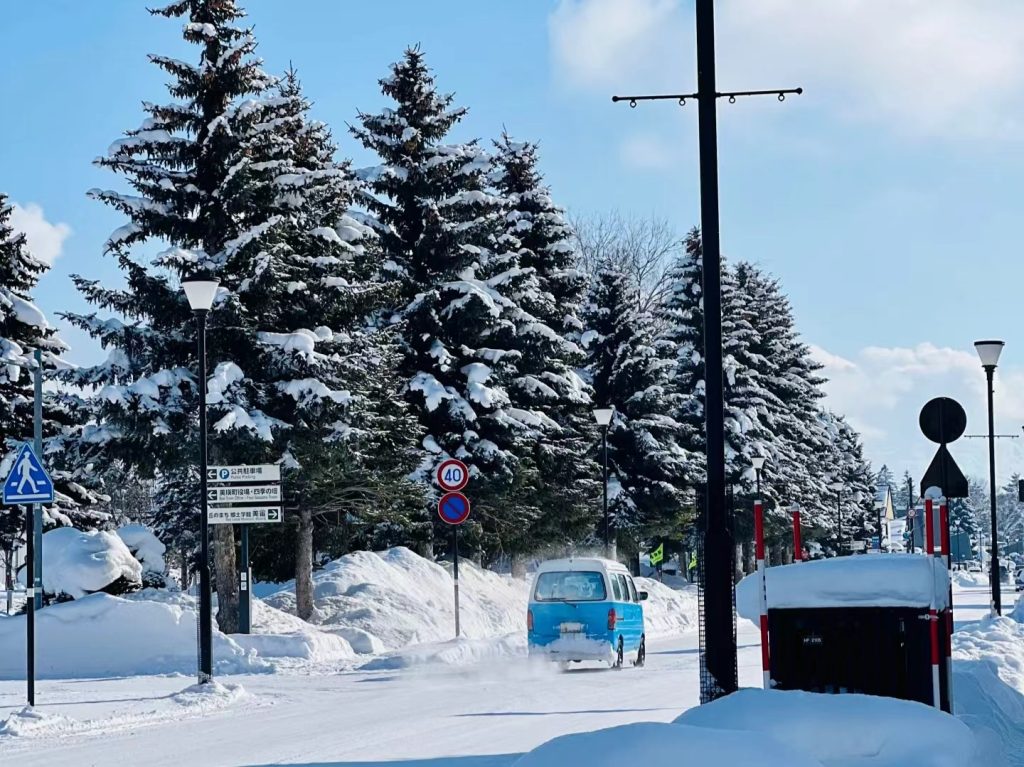
Many travelers combine Asahikawa, Biei, and Furano into a day trip, but Biei’s beauty deserves its own spotlight. Though transportation can be tricky, the scenery makes the effort worthwhile.
Biei’s snow is unlike anywhere else—it’s pure white, fine, and soft, glistening under sunlight. Shirahige Falls is a stunning winter sight, and the area is often colder than Sapporo or Otaru.
Suggested Itineraries
Route A (No Skiing, No Hakodate)
Day 1: Arrive at New Chitose Airport → Sapporo
Day 2: Sapporo → Asahikawa → Biei → Furano
Day 3: Furano → Otaru
Day 4: Sapporo → Lake Toya → Noboribetsu
Day 5: Free day in Sapporo (shopping, food)
Day 6: Sapporo → New Chitose Airport
Route B (Skiing + Hakodate)
Day 1: Arrive at New Chitose Airport → Sapporo
Day 2: Sapporo → Otaru
Day 3: Otaru → Niseko Ski Resort (overnight)
Day 4: Ski Resort → Hakodate
Day 5: Hakodate → Lake Toya → Noboribetsu
Day 6: Noboribetsu → New Chitose Airport
